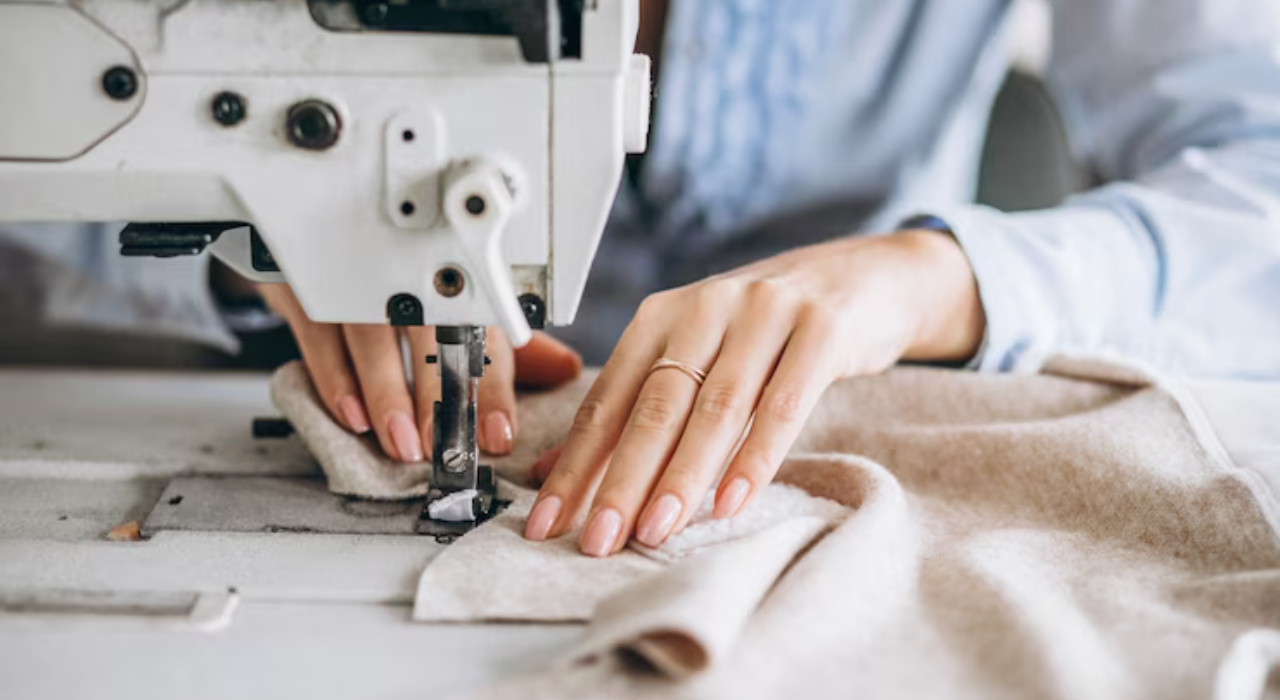Post the invention of polyester in the 1940s, there was nothing exciting in the fibres used in world’s textiles. The race is on to find solutions to reduce the environmental impact of clothing. That’s why fabrics expected to be made of pineapple, banana, silk and leathers will be grown in a laboratory. Records indicate people consume 80-billion pieces of clothing annually.
This also means continued increase in the production of polyester that takes over 200 years to decompose. Polyester is also the source of tonnes of plastic microfibers released into the ocean annually and water systems after washing clothes. The Plastic Soup Foundation reports that between 6,00,000 and 17.7-million microfibers are released into water with every 5 kg of washing. And this is only one example. The US non-profit organisation Orb Media revealed billions of people are drinking water contaminated by plastic particles, with 83 per cent of water samples found to be polluted.
Thus cleaning up the clothing and fashion industry with new fibres, technologies and manufacturing techniques is possible. Companies such as H&M, Levi Strauss and Patagonia are pulping old clothes and returning the recovered fibres to the fabric supply chain. G-Star Raw’s collaboration with Bionic produced denim made from plastic waste recovered from the ocean. Issey Miyake in Japan has been working with recycled polyethylene terephthalate thread for years. His label 132 5, launched in 2010, produces clothes using only recycled polyethylene terephthalate, the clear nontoxic plastic used in water/cold drink bottles.
Adidas, H&M and Nike have also been working with recycled plastic. Tony Budden at Hemporium uses strong, versatile and antibacterial natural fibre hemp. Other plants being used to explore new textiles include nettles, bananas, coffee and lotus plants. Orange Fiber is an Italian company that developed a fabric by extracting the cellulose from the citrus fibres discarded during industrial processing. Piñatex is a soft, versatile and vegan alternative for leather made of fibres that are extracted from pineapple leaves.
US start-up Modern Meadows is growing leather out of yeast that has been engineered to produce a collagen that, with some added enzymes, turns into skin. A Stella McCartney-designed yellow dress on display in New York’s Museum of Modern Art was made using Bolt Threads’ recreated spiders’ silk and the way to go.












